
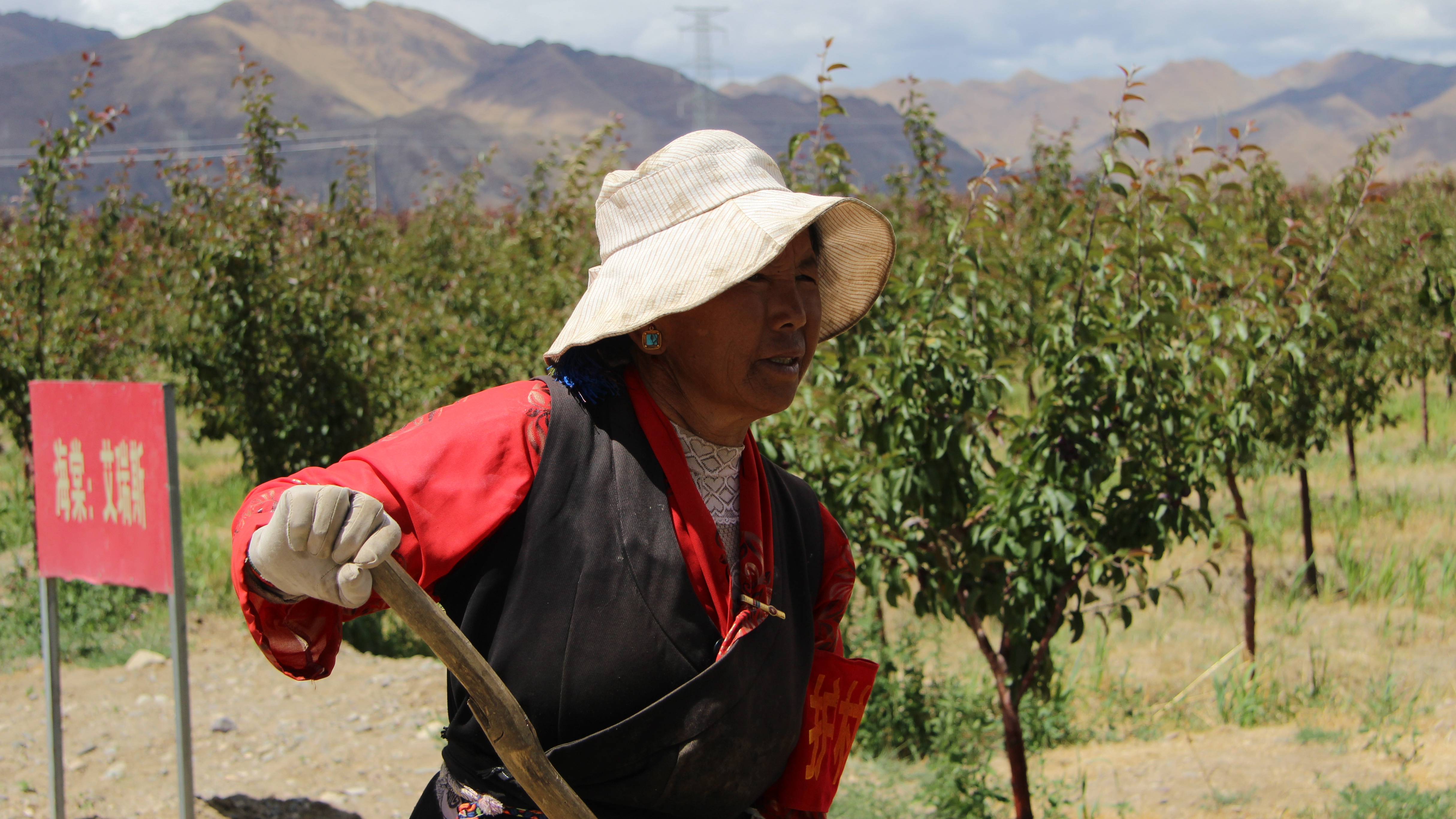
Working on a crabapple plantation in Namling County, Xigaze Prefecture of China's Tibet Autonomous Region. /Photo by Katrin Büchenbacher
Where there were barren hills and deserted wastelands are now trees, croplands and birds.
Fifteen years ago, the Yarlung Zangbo River valley on the Qinghai-Tibet Plateau was a desolate place: The rocky landscapes hardly provided enough grass for local farmers’ yak and sheep herds, while strong winds whirled up the sandy earth, carrying it across the lands into people’s homes.
“We could make a sand painting on our dining table,” Geli Jiacai, a resident, told CGTN.
There were nearly no trees or bushes and little wildlife. Except for herding, there were no jobs. All in all, it was a gloomy forecast for the people living in Namling County near Xigaze, the second-largest city of China's Tibet Autonomous Region.

A 200-hectare woodland spreads across the Yarlung Zangbo River valley on the Qinghai-Tibet Plateau on former wastelands, enabling the emergence of croplands. /Photo by CGTN's Katrin Büchenbacher
But the valley has got a second chance. Today, a 200-hectare woodland of ash, maple and 35 other tree species has sprouted up from the ground, stopping it from further erosion, acting as a wind barrier and attracting migratory birds. The man-made forest has also reduced the occurrence and impact of sandstorms.
It wasn’t an easy task, though, considering that the area lies on an altitude of more than 4,000 meters and has a harsh climate with biting cold winters.
Better climate, more jobs
Such massive afforestation projects is a story China wants to tell, after it had in the past century achieved economic growth at the expense of converting forests across the country, which caused soil erosion, river floods and landslides.
Today, China is one of the largest contributors to a greener Earth next to India, a recent NASA study shows. Afforestation has been a national strategy in the country’s 12th Five-Year-Plan, during which Tibet alone has planted more than 850,783 acres of trees, according to statistics from Tibet’s Forestry Department, China Daily reported.
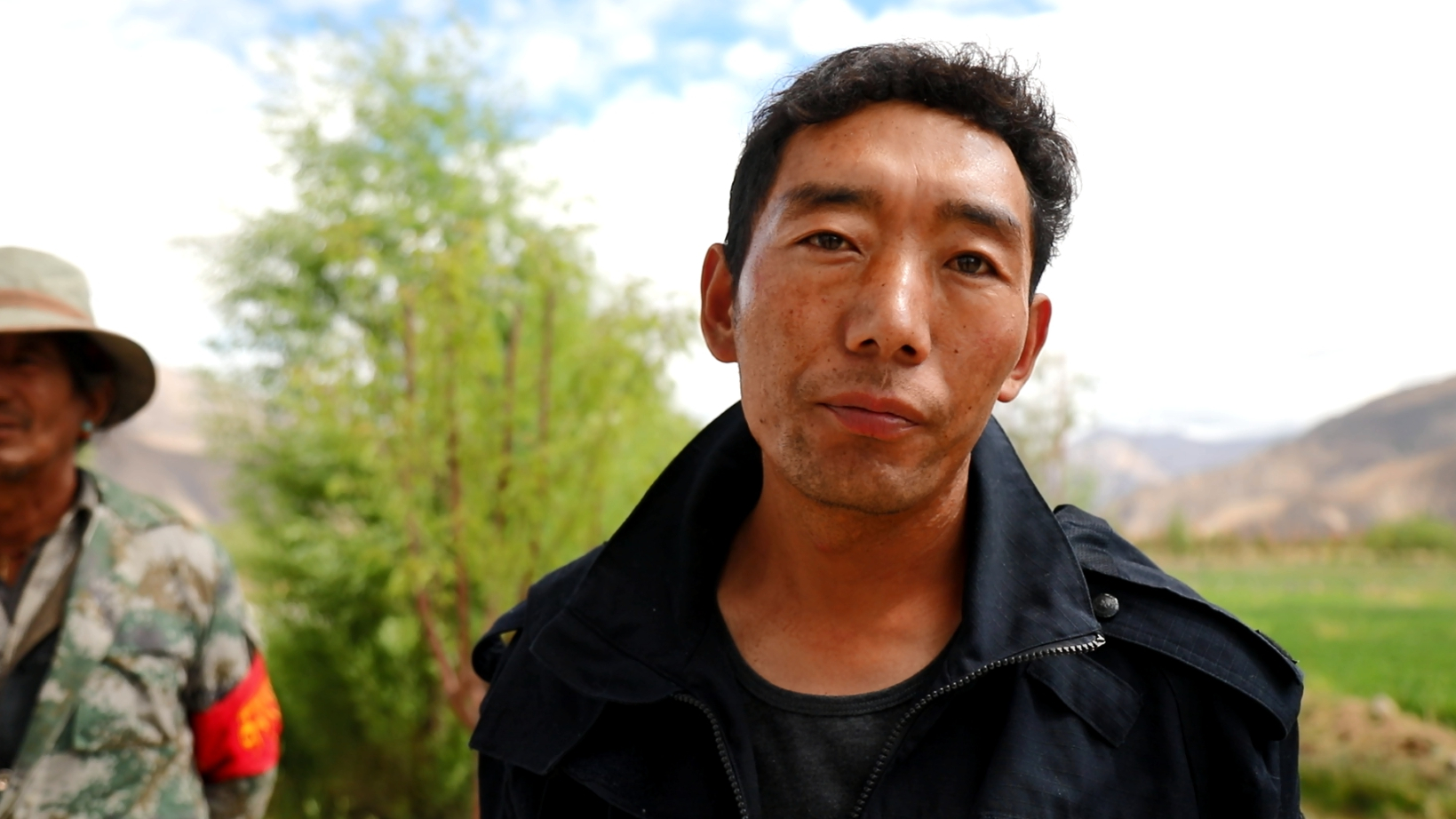
Local resident Geli Jiacai works as a forest ranger in the man-made woods in Namling County, Xigaze Prefecture. /Photo by CGTN's Zhou Jinxi
With that, China helps to battle climate change – research by Swiss ecologists has recently proven that reforestation on a global scale of 900 million hectares has the potential to sequester 205 billion tons of carbon, AFP reported.
Besides ecological benefits, the project in Namling County shows that forests also have tremendous social and economic benefits for local communities.
Some of the wastelands were successfully transformed into fertile land for crops, protected by shelters of trees, providing a source of livelihood for its residents. The forests have also provided job opportunities for about 400 local farmers, such as Geli Jiacai, who now works as a forest ranger, making about 3,000 yuan a month (about 436 U.S. dollars).
“Younger men like me used to travel far from home for work to larger cities,” he said. “Now, we have a job on our doorstep.”
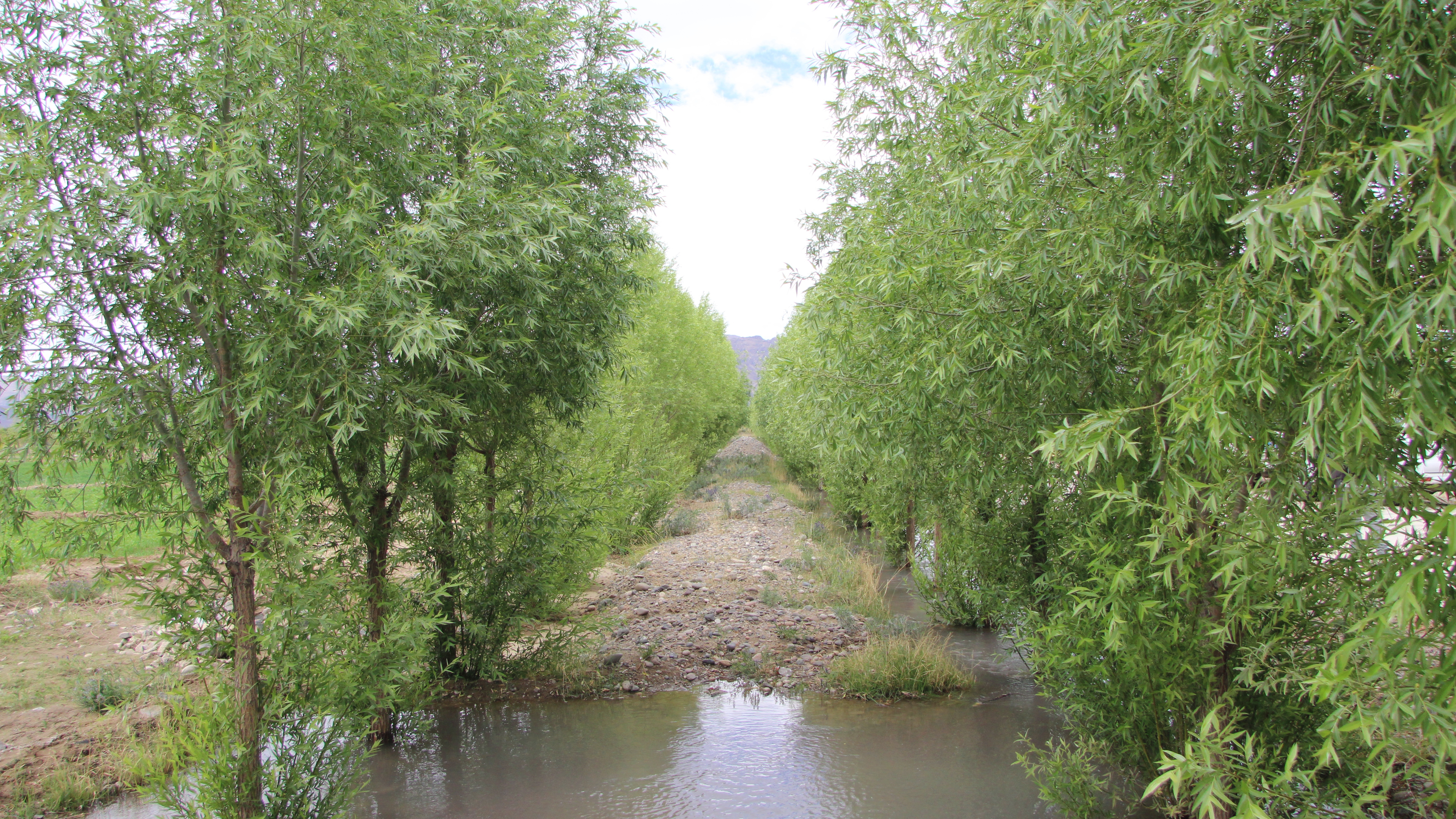
The economic forest project in the Yarlung Zangbo River valley assures ecological and financial sustainability. /Photo by CGTN's Katrin Büchenbacher
Agriculture still struggling
The local governments, in cooperation with enterprises, are still looking for ways to build a sustainable economy in the region, making the afforestation project both ecologically and financially viable. The plan of a so-called economic forest was launched in 2017 in the area, with the primary aim to develop agriculture and help disadvantaged farmers make a good living by becoming workers and entrepreneurs.
The central government plans to invest 1.5 billion yuan, according to Dazhong Daily newspaper.
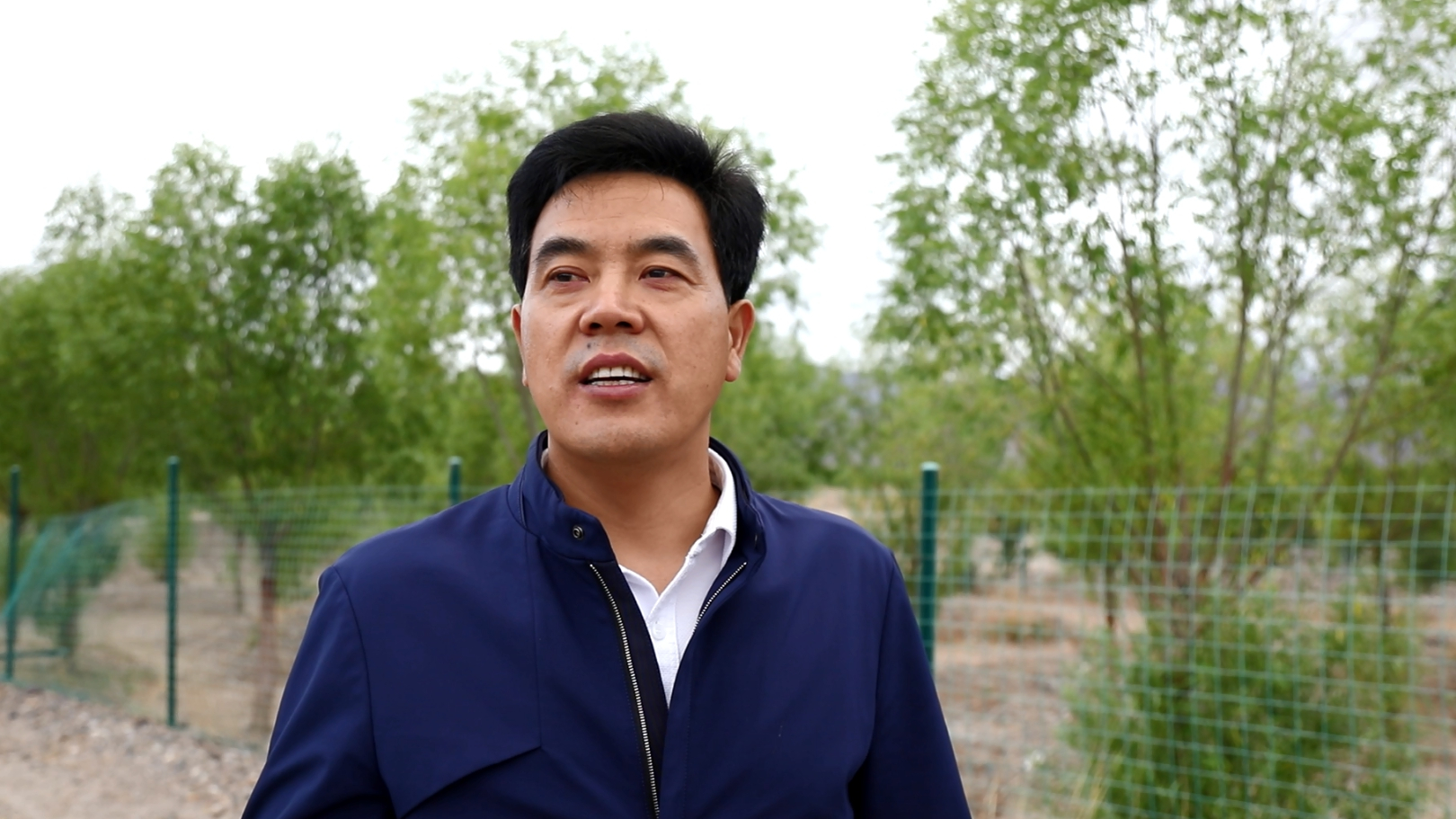
Li Xiaohua, deputy chief of the local party committee and deputy magistrate of Namling County, Xigaze Prefecture. /Photo by Zhou Jinxi
Promoting the formation of a local economy is a goal that Li Xiaohua, deputy chief of the local party committee and deputy magistrate of Namling County, Xigaze Prefecture, thinks can only be achieved in the long run. The official from east China's Shandong Province is about to approach the end of his term in Namling County and is ready to take stock of his last three years in office.
“A farmer depends on his land,” Li said. “But getting rich from agriculture is a slow process.”
Croplands don’t emerge overnight, Li said, adding that large-scale farming was hard in the mountainous river valley setting, which has relatively infertile soil. Occasional sandstorms are still a headache for the farmers, whose seeds get carried away quickly by the winds once planted, making it hard for the native highland barley to take off.
Marmalade and blossom tourism
Therefore, the local government also promotes the emergence of new sectors, such as tourism, at the core of the idea, again: trees.
“We found we can’t grow peaches, apples or raisins, but we can grow crabapples here,” Li said.
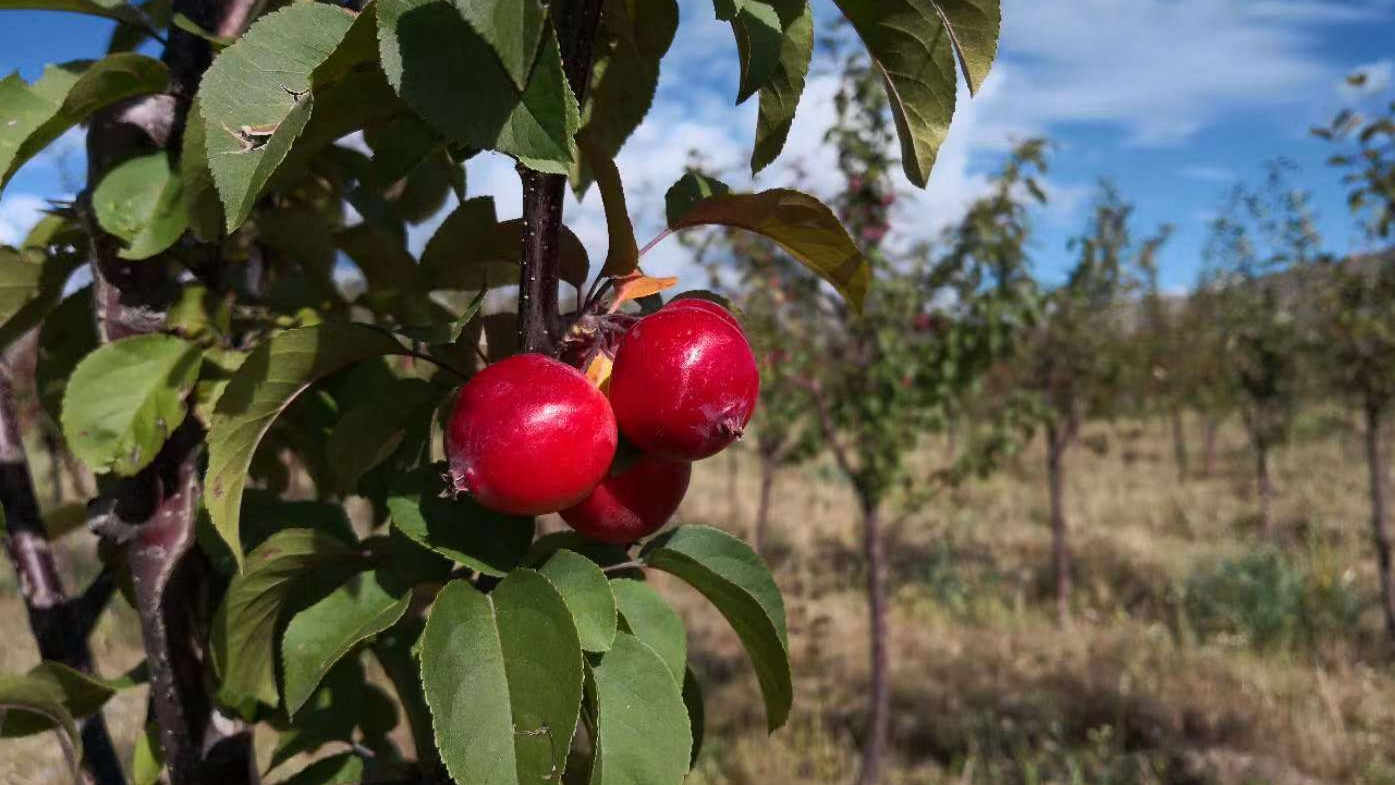
Chinese crabapple fruits have a sour taste and can be made into various products. /Photo courtesy of Li Xiaohua
The Chinese crabapple tree bears date-like fruits that have a sour taste but can be made into marmalade or wine. The tree blooms beautifully in spring, a fact that the local government plans to promote as a tourist event in organizing a crabapple-blossom festival.
The future used to be bleak in the Yarlung Zangbo River valley, but trees have changed that – they turned a place where one could survive into a place to live. If there is one thing Li had learned during his tenure as the deputy magistrate about the local Tibetans, it's that “not only do they live here, but they are the guardians of their homeland.”
(Zhou Jinxi contributed to this story.)

Copyright © 2018 CGTN. Beijing ICP prepared NO.16065310-3
Copyright © 2018 CGTN. Beijing ICP prepared NO.16065310-3